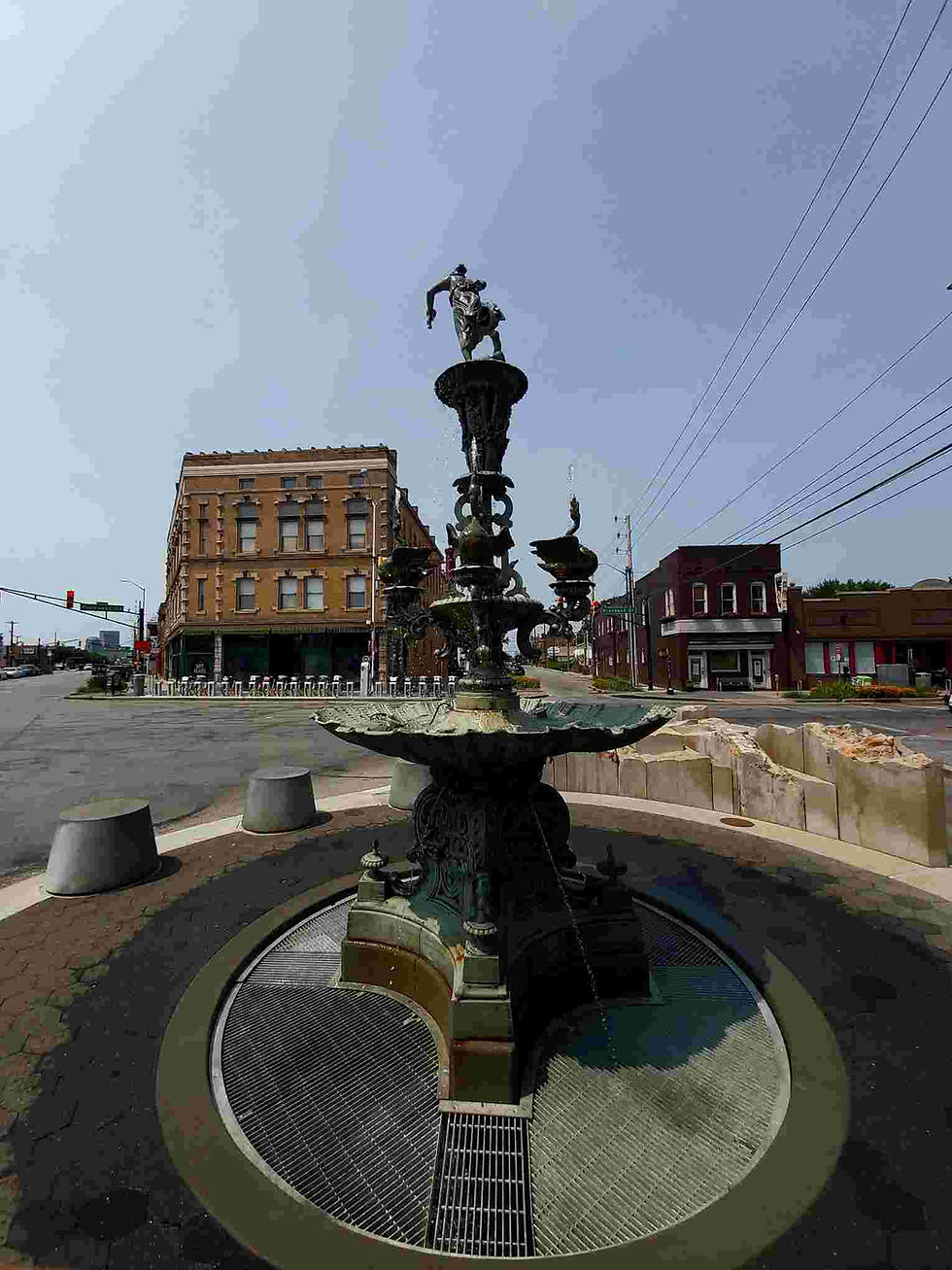Laos: cruising on the Mekong
- Matthew P G

- Dec 10, 2022
- 4 min read



Pak Ou Caves

Pak Ou Caves


Village

Traditional house

Hotel 1 - best thing was the view

Hotel 2

The ferry across to Thailand

Arrival in Thailand! August 2007
One long term goal Brian and I had was to cruise a length of the Mekong. The most interesting part of the river in Laos was the section from Luang Prabang up to Chiang Kong, Thailand. Many people actually traveled downstream (which made sense because the Mekong is a fast flowing river in the mountains) from Thailand, but the only boats available were "long tail". A long tail boat is basically a narrow wooden boat powered by a car engine with a very long (and powerful) propeller that can be raised and lowered in the often shallow and hard-to-navigate river. Said engine operates without a muffler so the resulting trip is both full of exhaust fumes and exceedingly (deafeningly) noisy. What would be the point of trying to enjoy the experience from such a craft?
We found a proper boat that would take us upriver staying in hotels on shore for two nights. I liked the idea that the boat was not our floating hotel and that we spent time on land as well. Beyond that, night cruising on the Mekong would have been treacherously impossible - the river was a shifting maze of sandbanks. No one was on the Mekong after sunset.
We departed Luang Prabang with a cohort of several other Western couples and started upstream against the swift flowing river. The Mekong may not be wide, but it runs swiftly through the mountains right outside of Luang Prabang and our boat struggled to make it upstream. The first stop was Pak Ou Caves, a kind of natural grotto that had been converted into a Buddhist shrine. Other than being an oddity only accessible by river, it was not that interesting. The Buddhas there ranged in age from centuries to just a few months. An ancient shrine still fully in use, it was a window into the historical and ongoing importance of Buddhism in Lao society.
We pushed up the river very slowly and watched the long-tailed boats zoom noisily by us. Even if we had paid much more for our "glam boat" journey, it was worth it to experience the Mekong more comfortably and quietly (and safely). We stopped at a couple of villages on the way north to see traditional homes. I only remember thinking that the people were exceedingly poor in a remote part of a country that few people in the outside world knew anything about. Not the lovingly kept traditional homes we had seen in Sulawesi and Sumatra [see: Istanbul to Tokyo] - these were the very-much-in-use homes of impoverished people along the Mekong in Laos. It was depressing.
Our first hotel stop was not too inviting, but we didn't have very high expectations. At least we had a lovely view out over the river and were served a delicious meal. They had some activities for us like archery and blow-dart practice. There was nothing else to do (no internet or phone service), so we mostly relaxed. We hung out with our travel mates and heard about their lives. Anyone on this cruise would have had to have researched it and been a real "traveler". As a result, we heard stories of others' world travels as we retold our own. All in all, it was pleasant.
We learned that the water in the Mekong was getting lower each year and soon it would not be possible for any large boats to pass. The Chinese were building massive dams upstream and holding back much of the annual flow. For Laos, Thailand, Cambodia, and Vietnam, that was not good news. For those living along the river, their life source was actively getting choked off. Even if China claimed to be taking into consideration the countries and people living downstream, clearly they were not. The poor people living there were going to get a lot poorer if the river stopped being a reliable transportation artery.
The following day we cruised another half-day on the river and watched the scenery creep by. The forested hills seemed to twist and turn endless - it felt like a roadless "middle of nowhere" with villages only connected to the rest of the world by the Mekong. In the afternoon the boat stopped at the next, more upscale (yet more remote?) hotel. We appreciated the upgrade. The Mekong in northern Laos set amongst low mountains really is a paradise. Its inaccessibility is a double-edged sword of keeping mass development at bay but also ensuring the people remain impoverished. After our second night, we left shortly after breakfast. The guide told us when we had arrived at the point where the river started to define the Thai-Lao border. We arrived at Huay Xai, Laos by lunchtime. We got off the boat and went through tiny Lao exit immigration (just some guys hanging out at the dock with an exit stamp - nothing computerized at all) and then took a tiny "slow" ferry across the narrow river to Thailand's Pak Beng Ferry Terminal with its equally small (but modern) immigration station.
Transport to Chiang Rai was included in the tour, so we piled into a ubiquitous white tourist van and headed south. None of us were at the same hotels, so we bid each other farewell upon hitting the city. Such meetings on trips were akin to "traveler speed dating". Most fellow travelers would be forgotten after an email or two of photo sharing.
Cruised the Mekong - check. We were headed to the Golden Triangle.



Comments